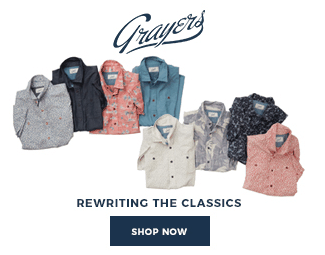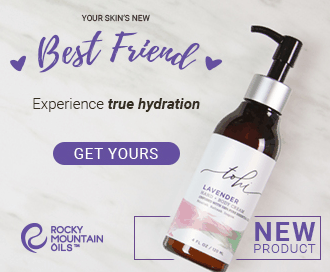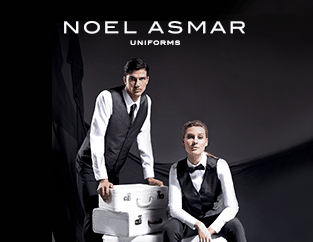Whether you are having Christmas drinks with your CEO or work colleagues, it’s important to know how to dress for the event. So, if you want to nail the dress code, know where to inject some personal style, and look suave as hell, then here is your guide to dressing for a Christmas party.
Christmas Party Outfits
Smart Casual Christmas Party
As one of the more tricky dress codes, a smart casual Christmas party allows you to blend a laidback aesthetic with a business flair. It includes a relaxed pair of trousers and an unbuttoned shirt. If the weather permits, roll up your sleeves and opt for lighter shades like pale blue or white. For a chilly winter season, create a seamless ensemble by wearing a sleek blazer, and add an informal feel by swapping out dress shoes for high top sneakers. From a dinner party to boogie on the dancefloor, you’ll be celebrating the end of the year in style.
Casual Christmas Party
Have a fantastic night with your colleagues in a casual outfit for your Christmas party. It’s the time where you can rock a pair of jeans, a T-shirt and some sneakers without feeling underdressed. If you’re spending the evening at a bar, opt for a dark pair of pants and a crisp white button-down. Make sure you’re comfy by wearing sleek sneakers or dress shoes to complete the look and mix and match colors to add festive cheer.
Semi-Formal Christmas Party
When the invitation to a Christmas party says ‘semi-formal‘, don’t hit the panic button. This sleek and stylish dress code is easy to master, once you have the right pieces. If your event takes place during the day, an ideal outfit option is a suit navy, brown, cream, light blue or grey. If you’re not down to rock a full suit, go for separates such as a pair of trousers and blazer, with a dress shirt underneath and dress shoes. A tie is optional here, so you can relax a little while you celebrate the festive season.
Black Tie Formal Christmas Party
If you’ve received an invitation that specifies ‘formal’ or ‘black tie’ attire, you’ve got to prepare yourself for a sophisticated evening. Traditionally, these events require a tuxedo, dress shirt and exceptional tailoring. Choose from a shawl or peak lapel to flatter your shoulders, and opt for shades in the darker variety to suit the occasion. A bow-tie and pocket square will add the perfect finishing touch. Experiment with fabrics like velvet and silk to help you to stand out amongst the crowd.
Cocktail Christmas Party
Equal parts elegant and laidback, the cocktail dress code offers the perfect blend between formality and modernity. If you’ve received an invitation with this requested attire, don’t freak out – a clean suit in dusky navies, subdued cobalt, and muted greys will work wonders. You have some freedom with accessories here – a pocket square, tie or statement belt will add some personality to your outfit.
Business Casual Christmas Party
As an ambiguous dress code, a business casual party allows you to have a little bit of freedom in your clothing choices. Defined as more of an ‘office’ style, you can rock a button-down shirt and suit without overdoing it. If a two-piece isn’t your thing, don’t be afraid to swap out your trousers for chinos and don a blazer. Ensuring you have a polished finish to the look, add a pair of brogues, loafers, or Oxford shoes for a night of comfort and effortless attitude.
Winter Christmas Outfits
Celebrate a white Christmas in style by dressing the part this season. Depending on the dress code, you can stay snug while looking sleek effortlessly. Opt for a wool overcoat and a scarf to keep yourself warm, a pair of suit trousers and a dress-shirt for more formal occasions. If it’s a casual party, add a turtleneck with a blazer so you can look festive without feeling too laidback. Shades to consider are grey, brown, or blue – you’ll look ready for a night of celebration in this getup.
Summer Christmas Outfits
For those who celebrate the festive season in the summer, dressing the part is essential. Light, breathable fabrics like linen and cotton are the best options for a summer Christmas party, and shades such as white, beige, blue or pink look best. Mix and match a light blazer with darker chinos, or add a patterned shirt with plain trousers for optimum effect. In terms of shoes, brogues, boat shoes or loafers are an easy way to polish an outfit without looking overdressed.


